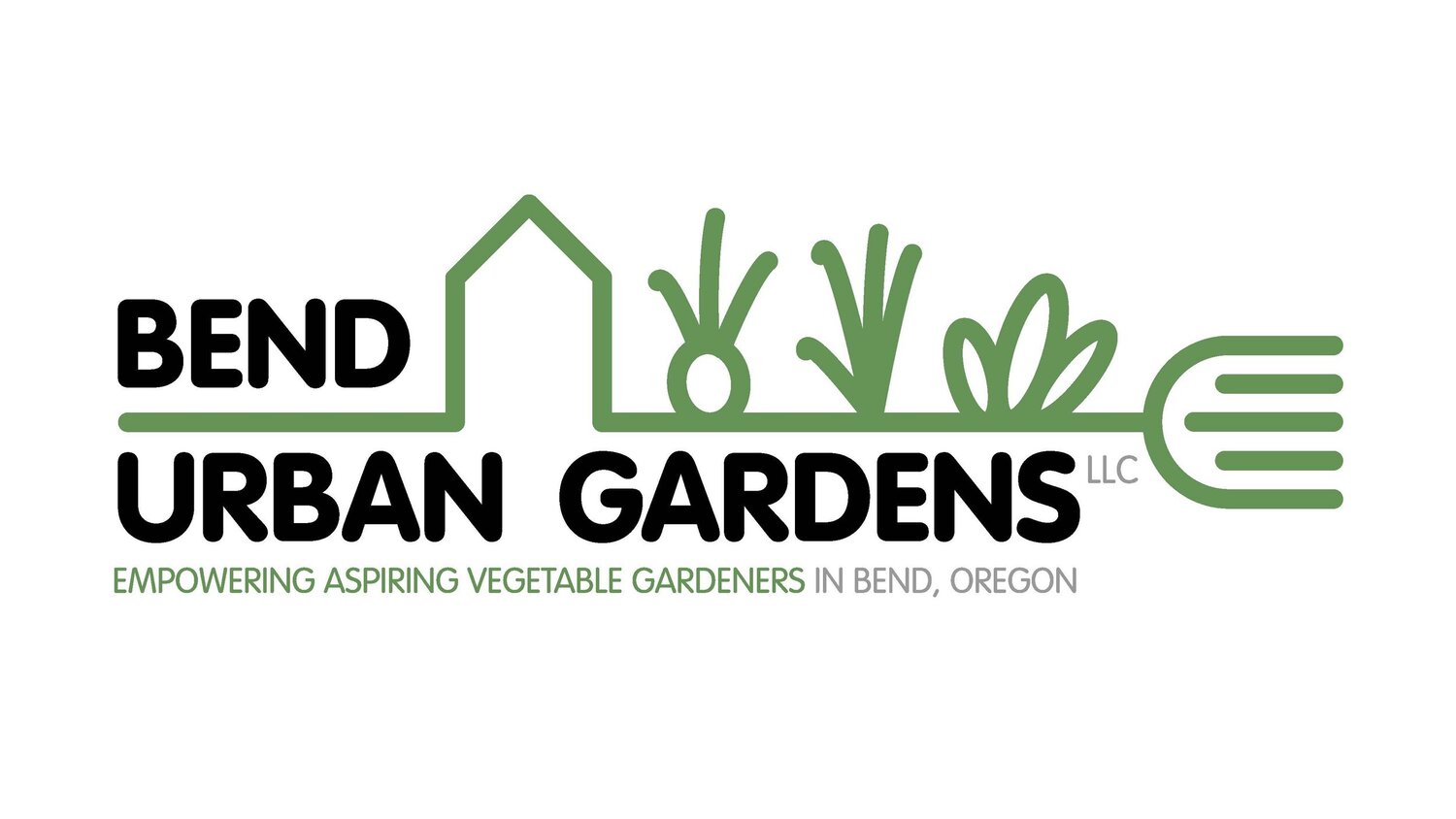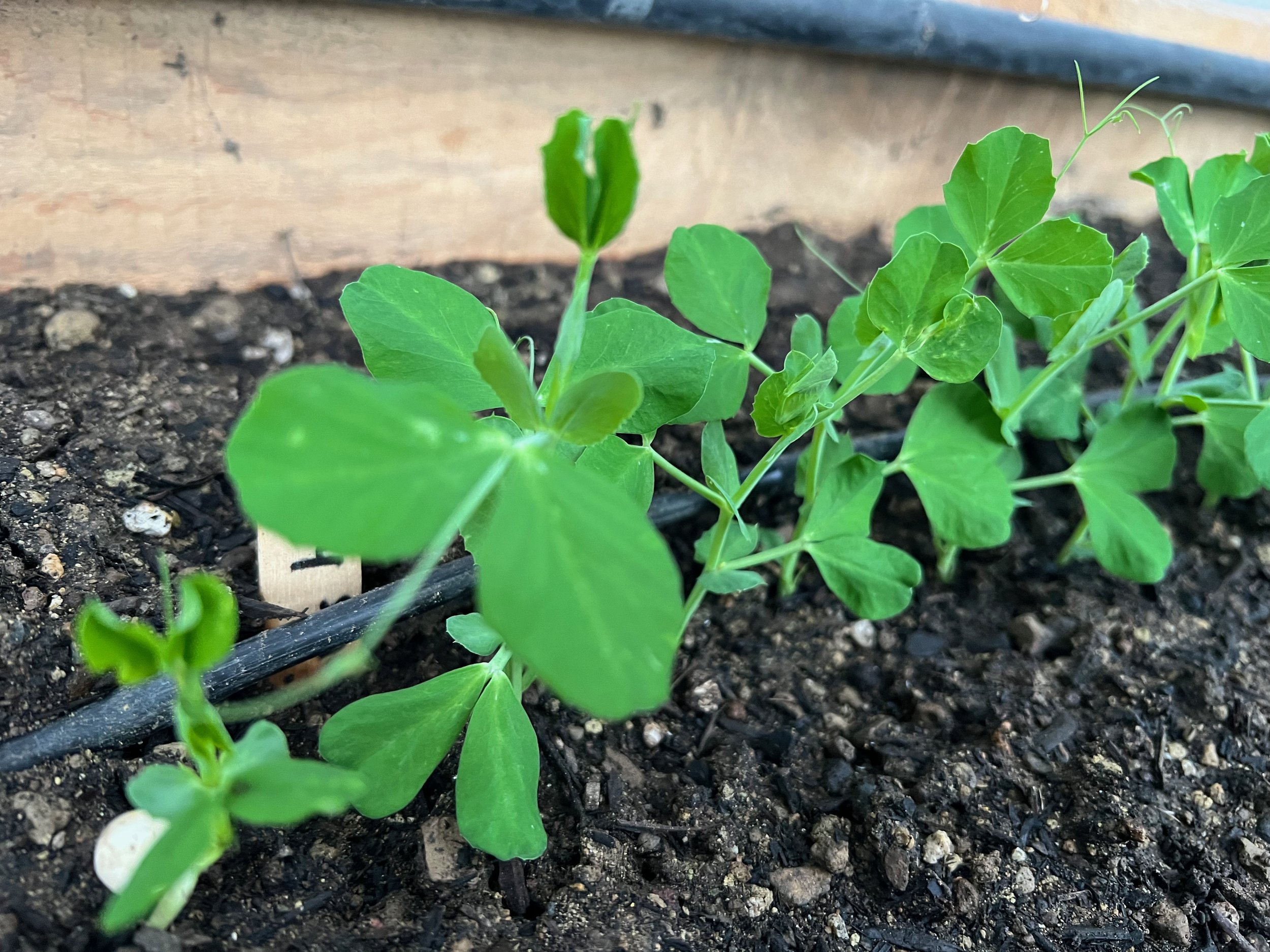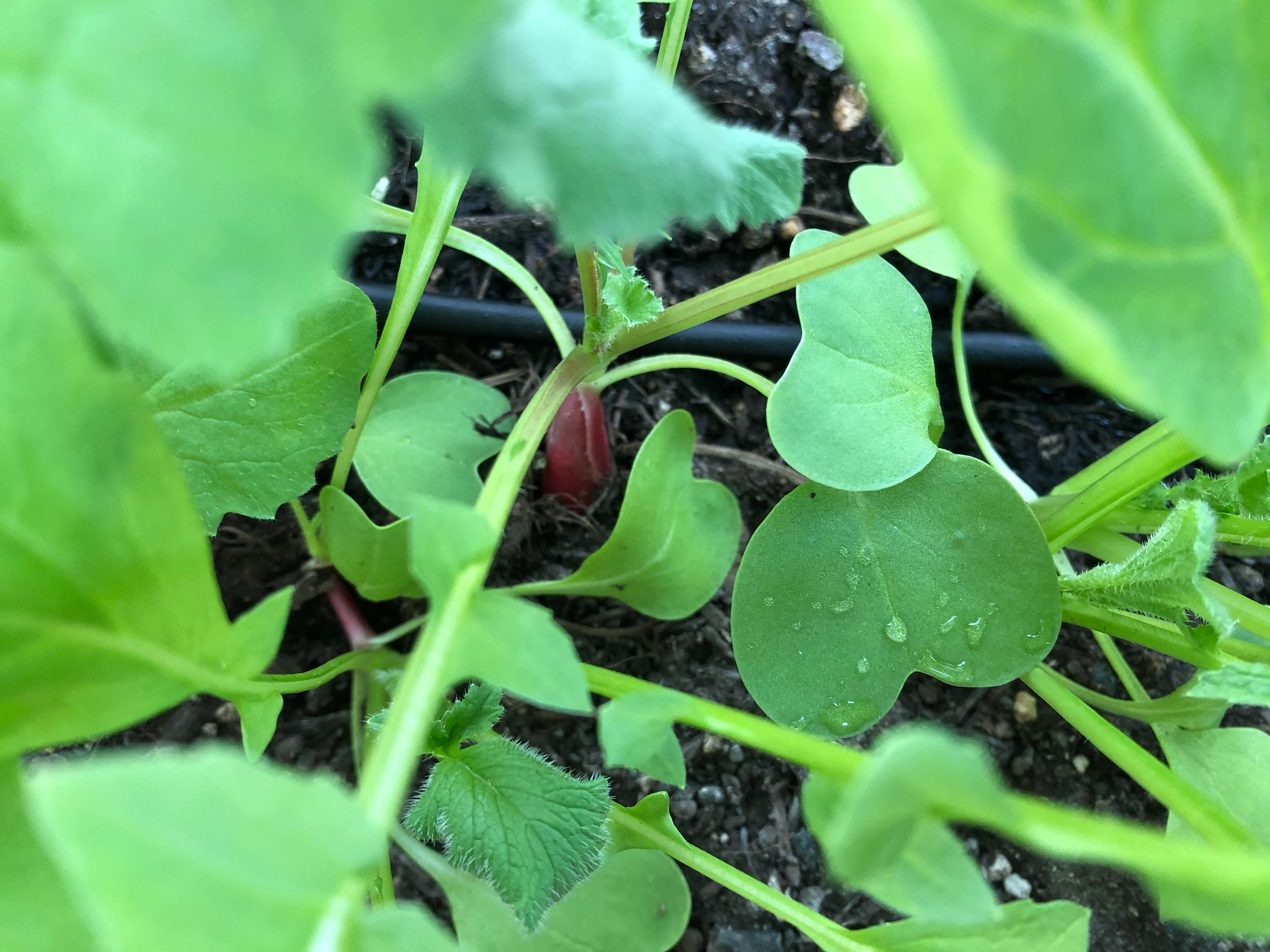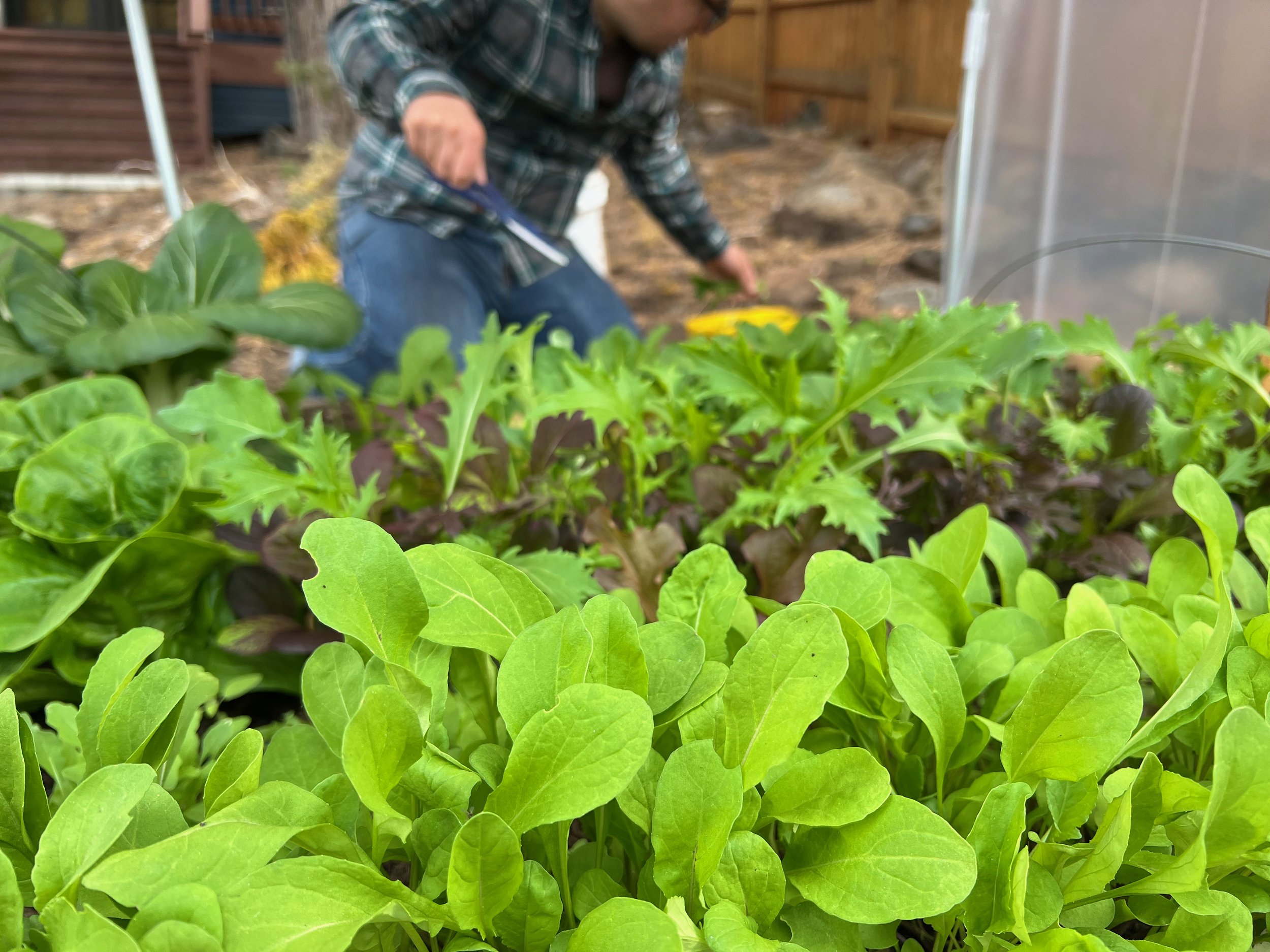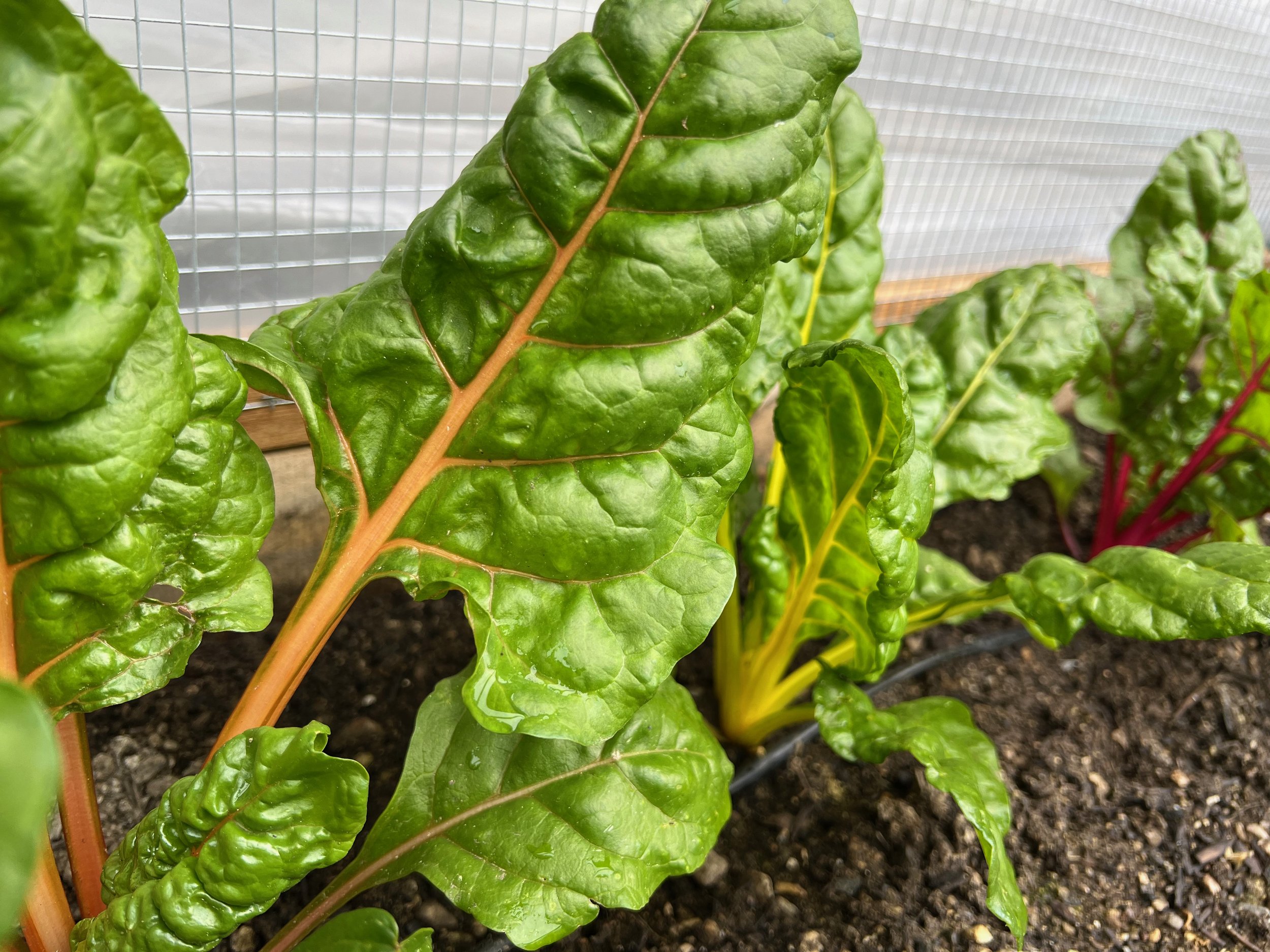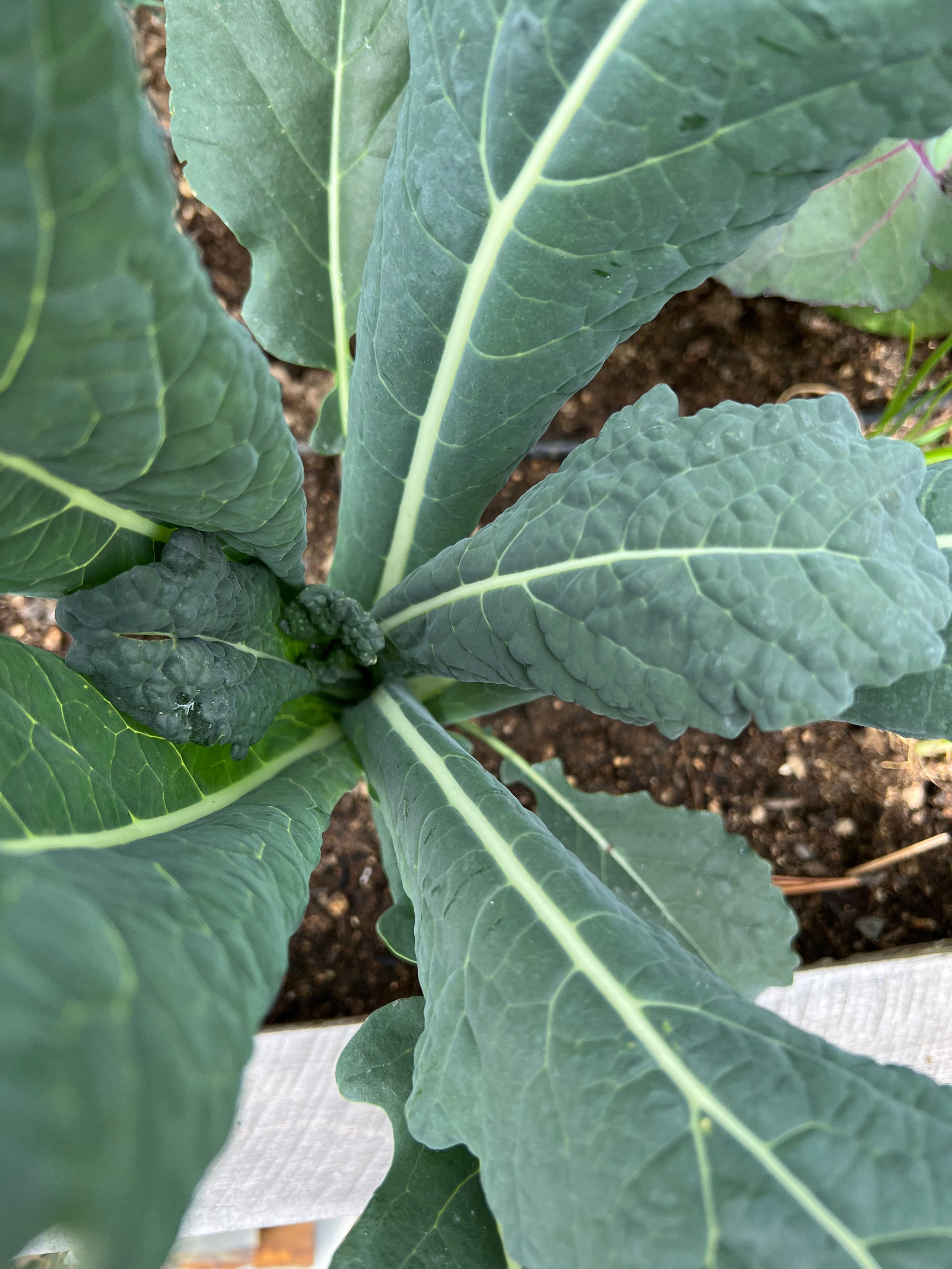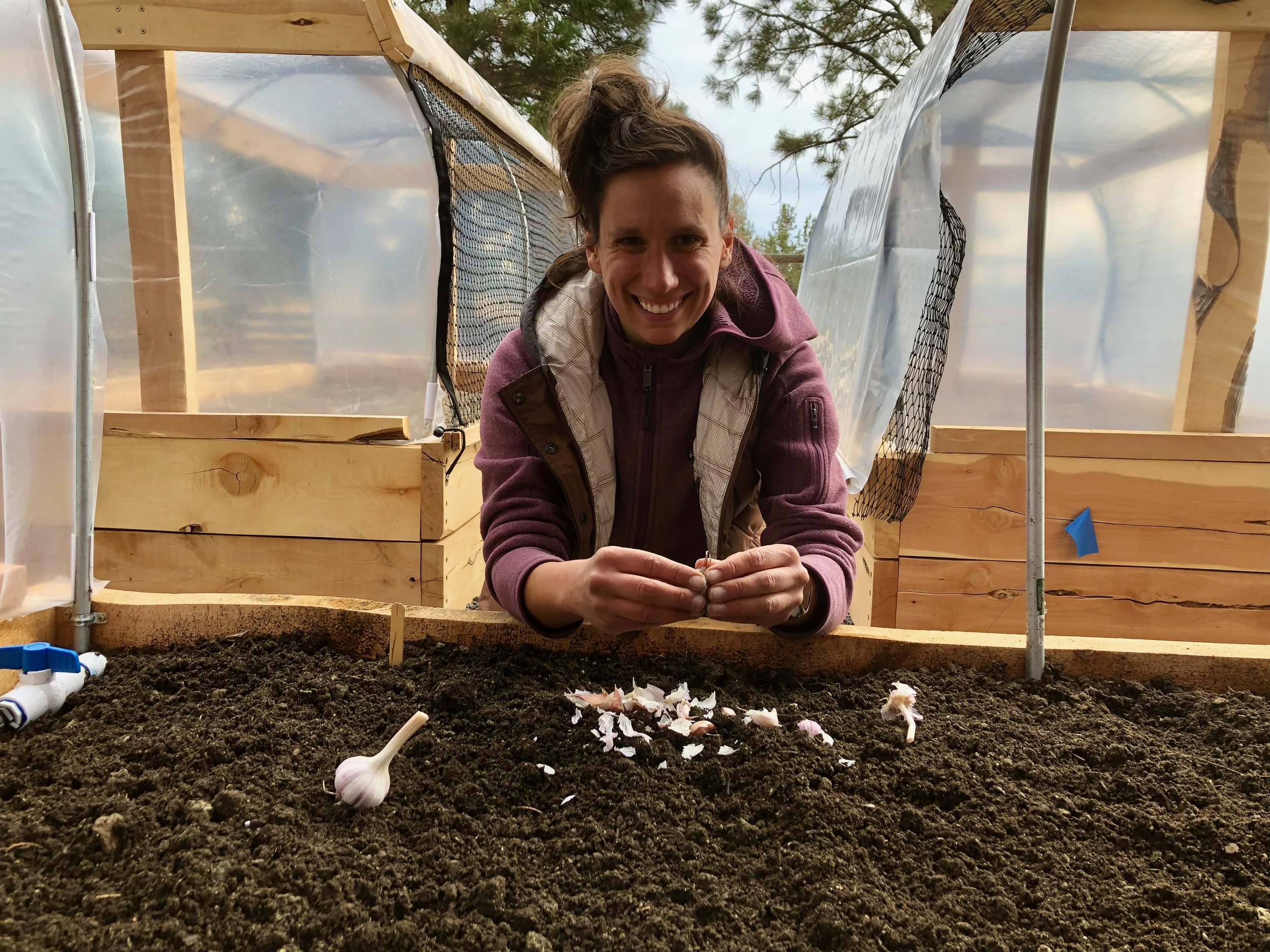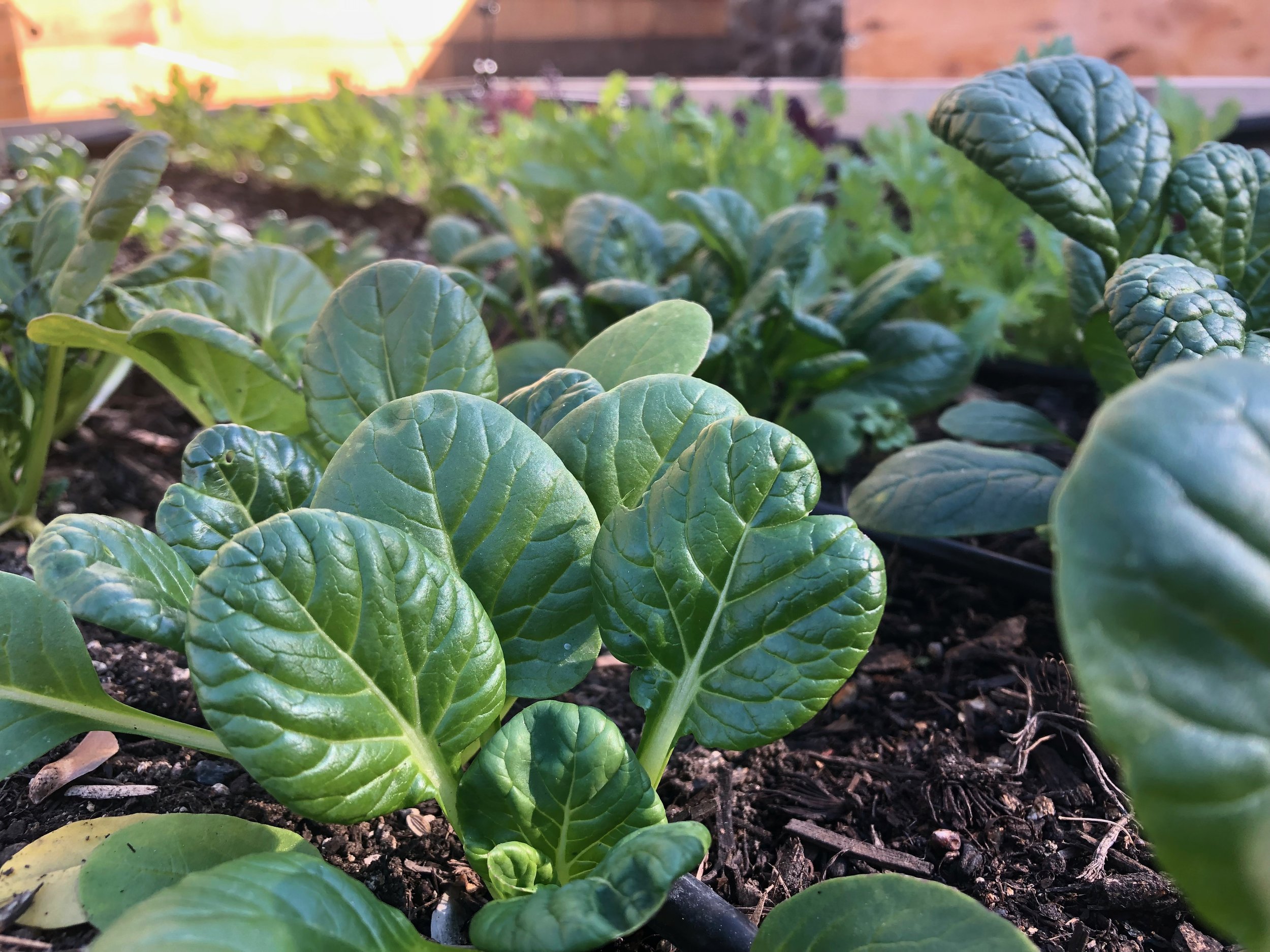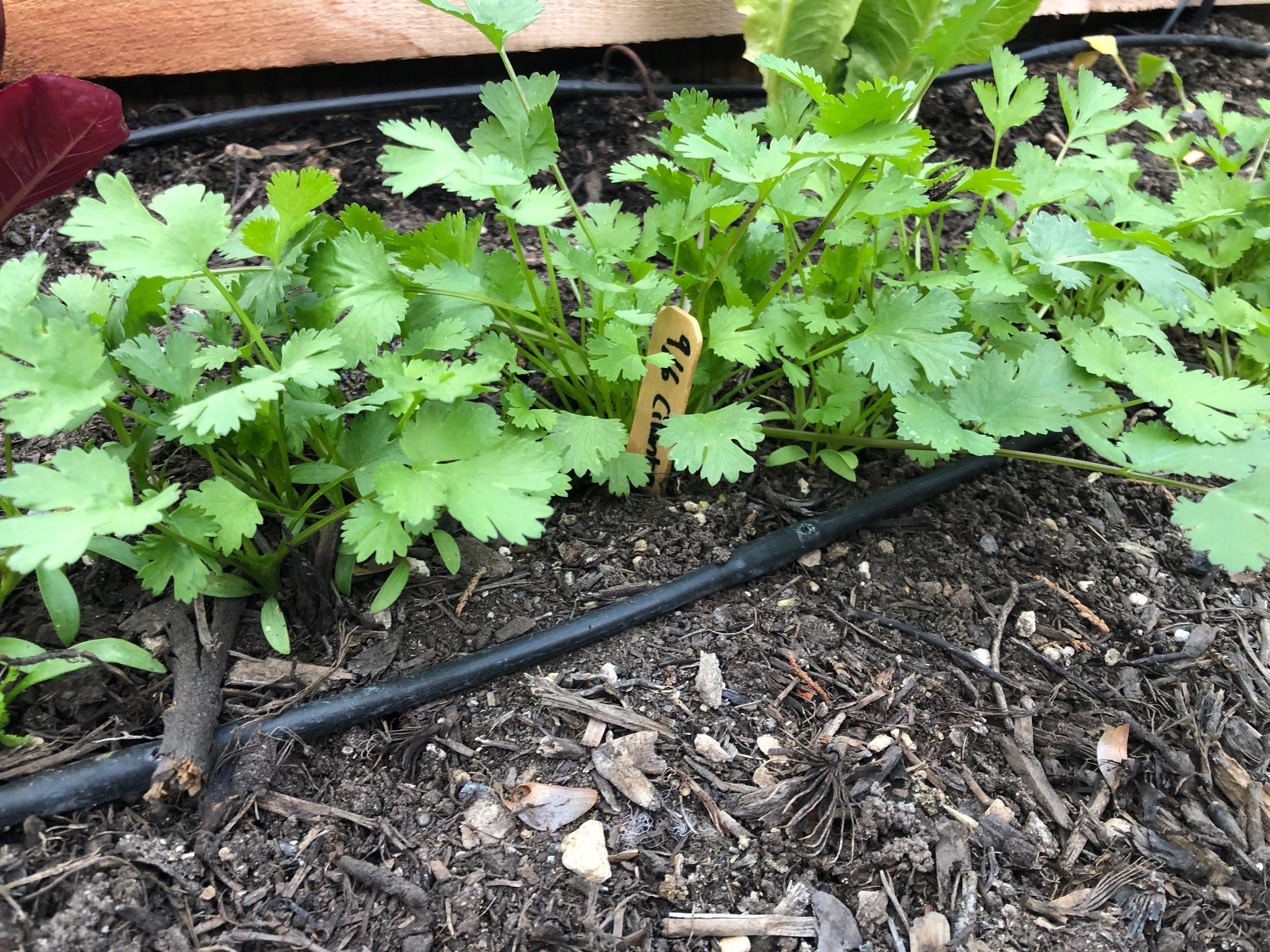What veggies can I plant in the fall?
In our experience supporting Central Oregon gardeners, we’ve noticed that many people plant out most of their garden space in April, getting cool season crops like broccoli, cabbage, kale, chard, spinach, and radishes into their gardens. Then, they get their cold sensitive plants like tomatoes, peppers, squash and beans in in June and are done planting until the following spring.
Turns out, planting again in July - October can keep you eating from your garden year-round. You’ve just got to plant the appropriate plants at the appropriate times. Check out our “Can You Really Grow Vegetables in Bend, Oregon” blog post from back in 2020 for some solutions to our unique high desert growing challenges and to expand your mind on the possibilities of year round harvesting from your garden.
We love working with gardeners to step up their crop planning, filling in empty spaces in their gardens as soon as their cooler season crops are finished in the summer time, and then replanting for meaningful fall, winter, and early spring harvests.
If you’ve got some empty space in your September garden, get yourself some seeds and direct sow:
Arugula
Beets (for their greens)
Bok Choy
Cilantro
Claytonia (aka miners lettuce)
Salad Mix / Lettuces (look for varieties with words like ‘arctic’ and ‘winter’ in their names and/or choose Brassica mixes with cold hardy mustards and mizuna in them)
Mâche
Peas (for pea shoots)
Radishes
Salad turnips like ‘Hakurei’
Spinach
Tatsoi
Transplant (with cover to overwinter):
Chard
Kale
Kohlrabi
Overwintering Purple Sprouting Broccoli
Parsley
Won’t have more space in your garden beds until your cold sensitive plants freeze in October? That’s ok!
You can sow spinach and mâche seeds into October and get cloves of garlic and shallots in the ground, too. Once they sprout, they’ll just hang out until the days get longer again in February, giving you an early supply of leafy greens. Garlic and shallots will be ready to harvest in July. Applying mulch over the winter (compost, shredded leaves, and/or pine needles) is a good idea, too!
